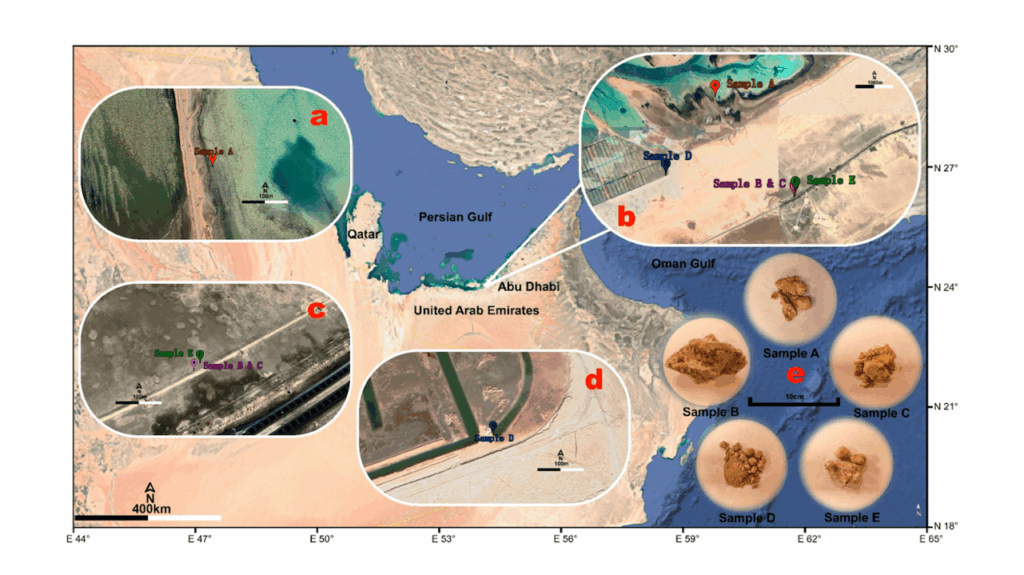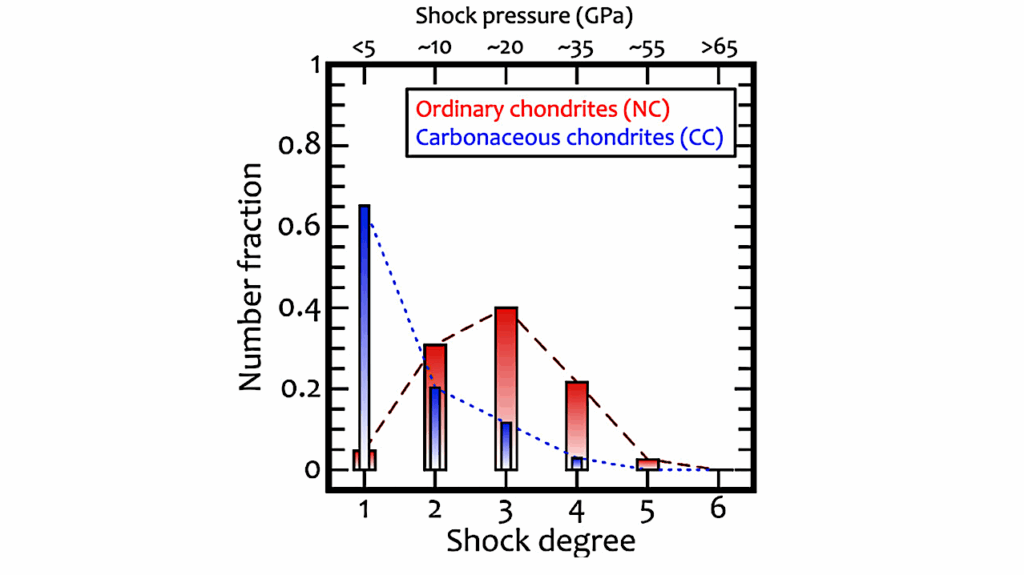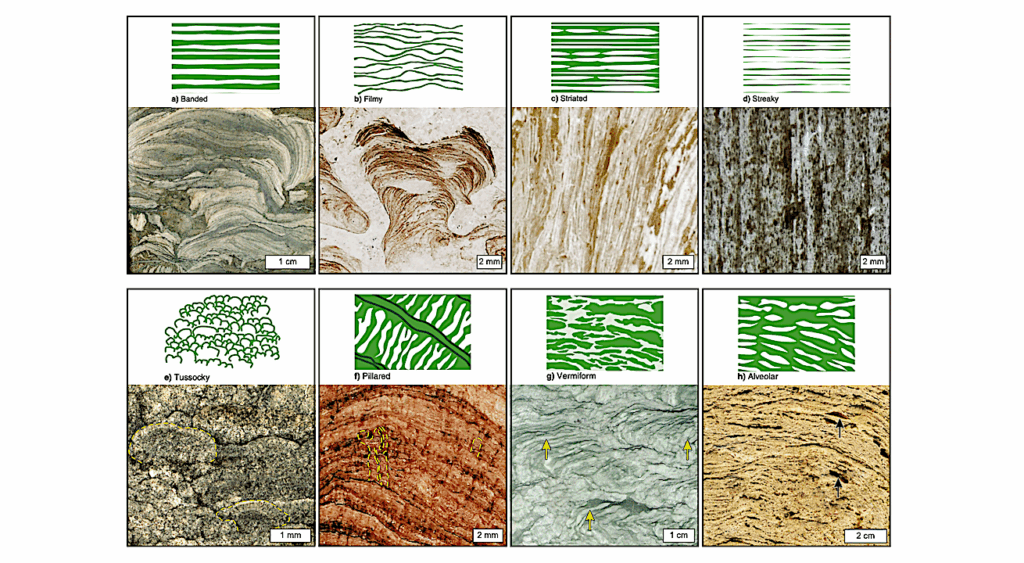The Meteorite Flux of the Last 2 Million Years Recorded in the Atacama Desert

The evolution of the meteorite flux to the Earth can be studied by determining the terrestrial ages of meteorite collected in hot deserts.
We have measured the terrestrial ages of 54 stony meteorites from the El Médano area, in the Atacama Desert, using the cosmogenic nuclide chlorine 36. With an average age of 710 ka, this collection is the oldest collection of non fossil meteorites at the Earth’s surface. This allows both determining the average meteorite flux intensity over the last 2 Myr (222 meteorites larger than 10 g per km2 per Myr) and discussing its possible compositional variability over the Quaternary period. A change in the flux composition, with more abundant H chondrites, occurred between 0.5 and 1 Ma, possibly due to the direct delivery to Earth of a meteoroid swarm from the asteroid belt.
A. Drouard, J. Gattacceca, A. Hutzler, P. Rochette, R. Braucher, D. Bourlès, ASTER Team, M. Gounelle, A. Morbidelli, V. Debaille, M. Van Ginneken, M. Valenzuela, Y. Quesnel, R. Martinez
(Submitted on 29 Apr 2019)
Comments: accepted in Geology
Subjects: Earth and Planetary Astrophysics (astro-ph.EP)
Cite as: arXiv:1904.12644 [astro-ph.EP] (or arXiv:1904.12644v1 [astro-ph.EP] for this version)
Submission history
From: Alexis Drouard
[v1] Mon, 29 Apr 2019 12:37:02 UTC (393 KB)
https://arxiv.org/abs/1904.12644
Astrobiology, Astrochemistry








